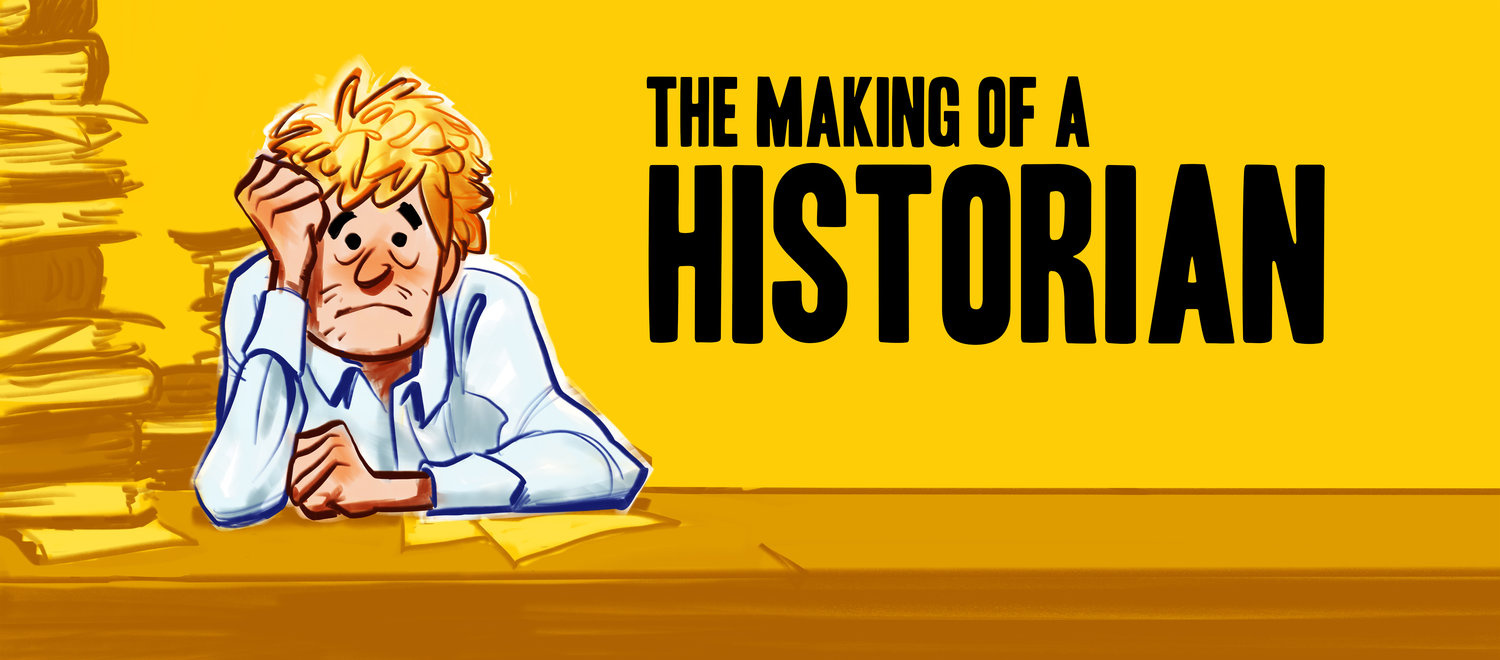This week I talk with Susan Lanzoni who talks about her book tracing the history of empathy. Empathy has, over the past 100 years, changed a lot in meaning. It started out as one of these untranslatable weird German words that art historians would throw around to discuss the mystical depths of aesthetic experience: einfühlung. This was the ability to literally feel into a thing—usually an object—when you were moved by it. When you were aesthetically moved by a painting of a mountain, you imagined that there was a kind of embodied feeling in the mountain itself. This was translated to empathy—in-feeling. But the term migrated from being applied to things, slowly, to being applied to people. After the Second World War, big professional groups of psychologists and social scientists were struggling with the twin problems of a population brutalized by the Second World War, firebombing and the holocaust, and the prospect of nuclear armageddon. One of the solutions was this human capacity to literally feel for other people—empathy. And slowly this arcane technical word migrated into common usage. It’s a wild conversation that will make you pause every time you use the word in daily speech!
Further Reading:
Susan Lanzoni, Empathy: A History
Susan Lanzoni’s Blog on Psychology Today and a blog on the origins of empathy where she discusses the great book Overstory by Richard Powers.
Kenneth Clark, Dark Ghetto and Delusions of a White Liberal
